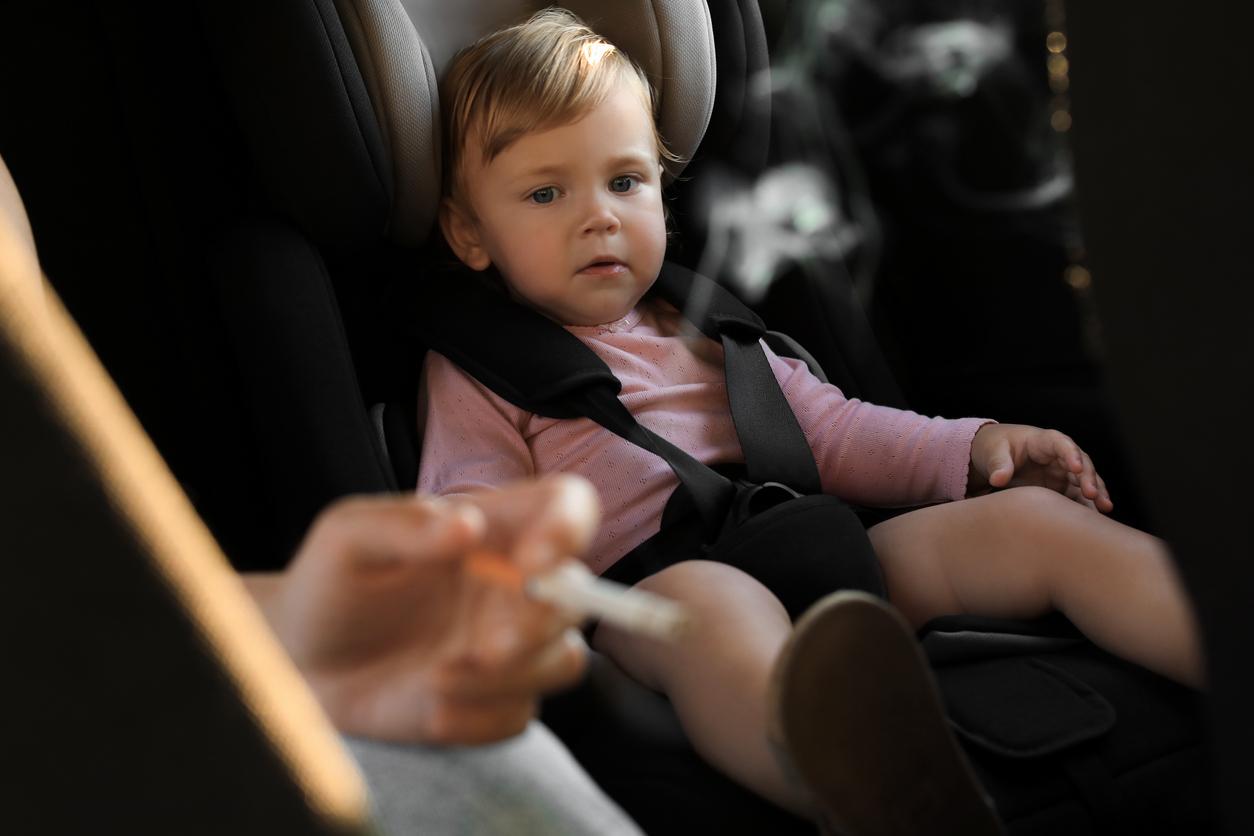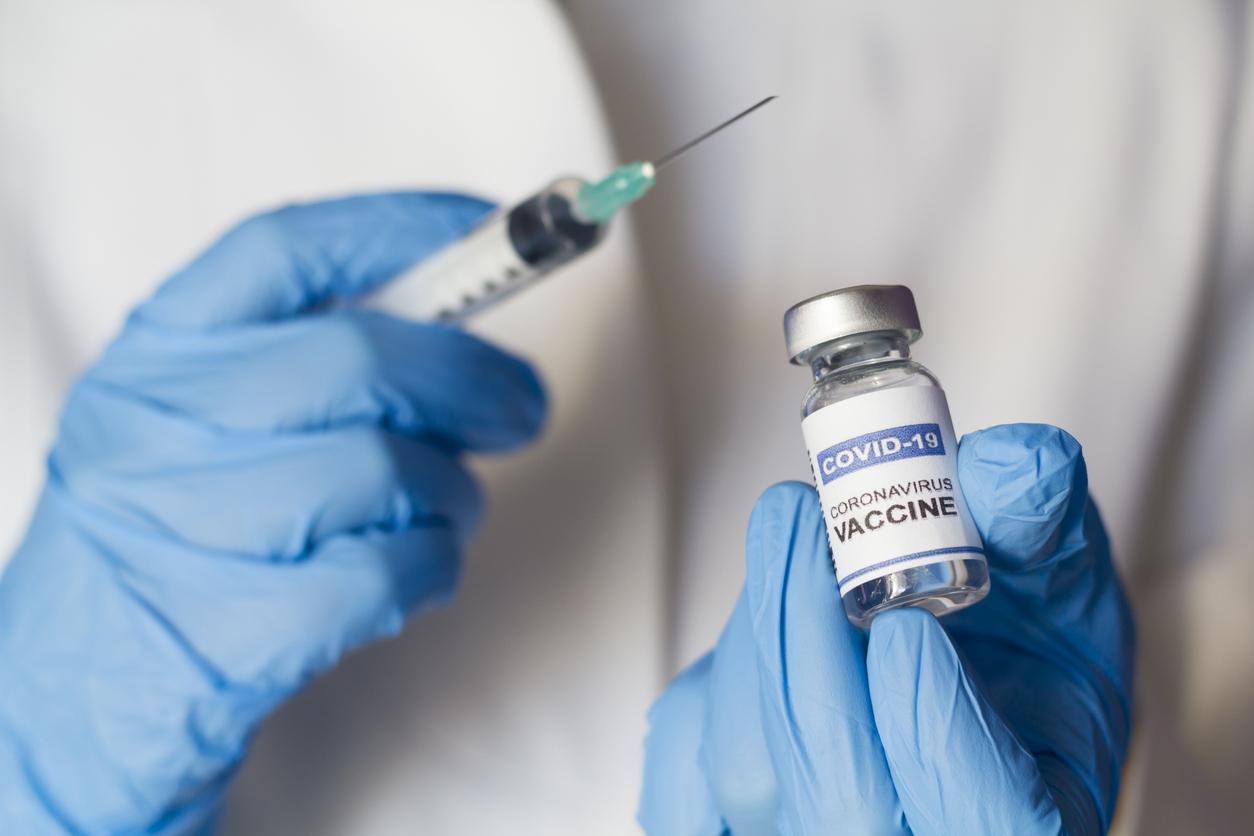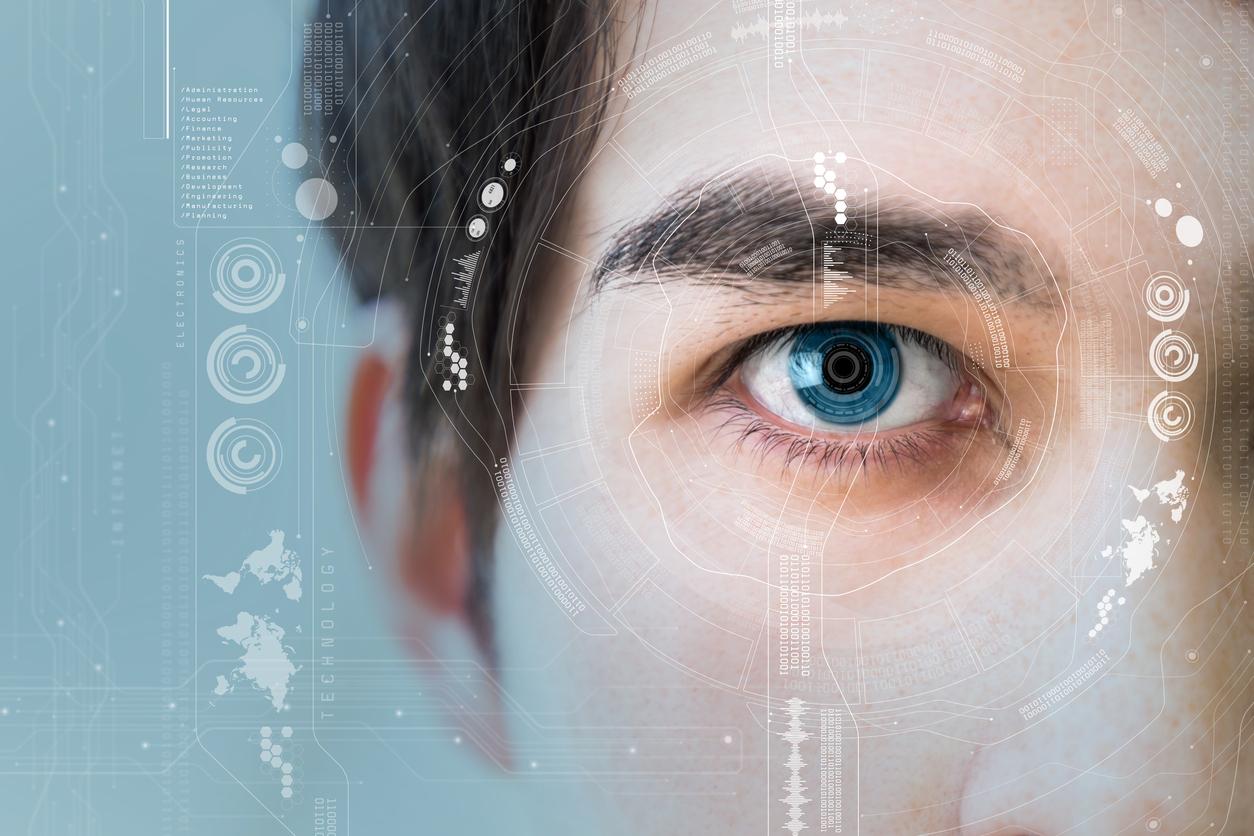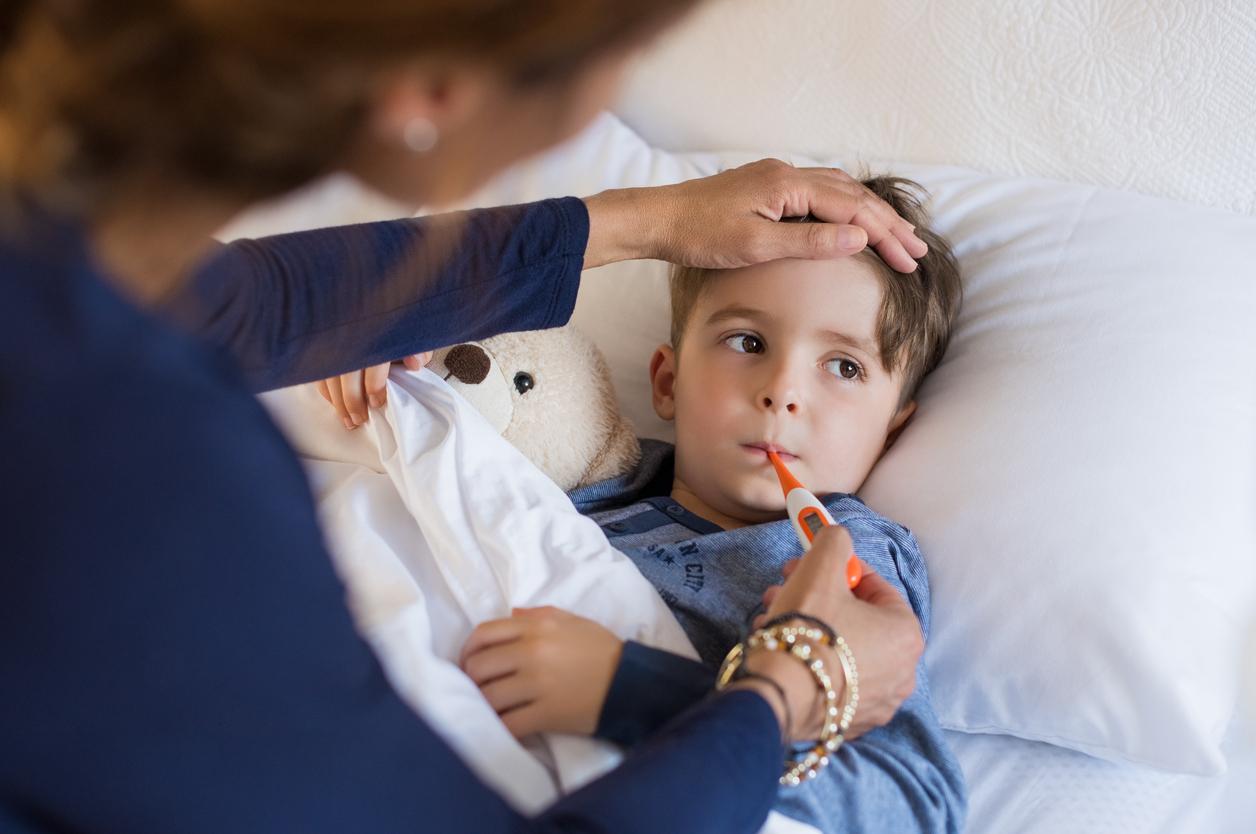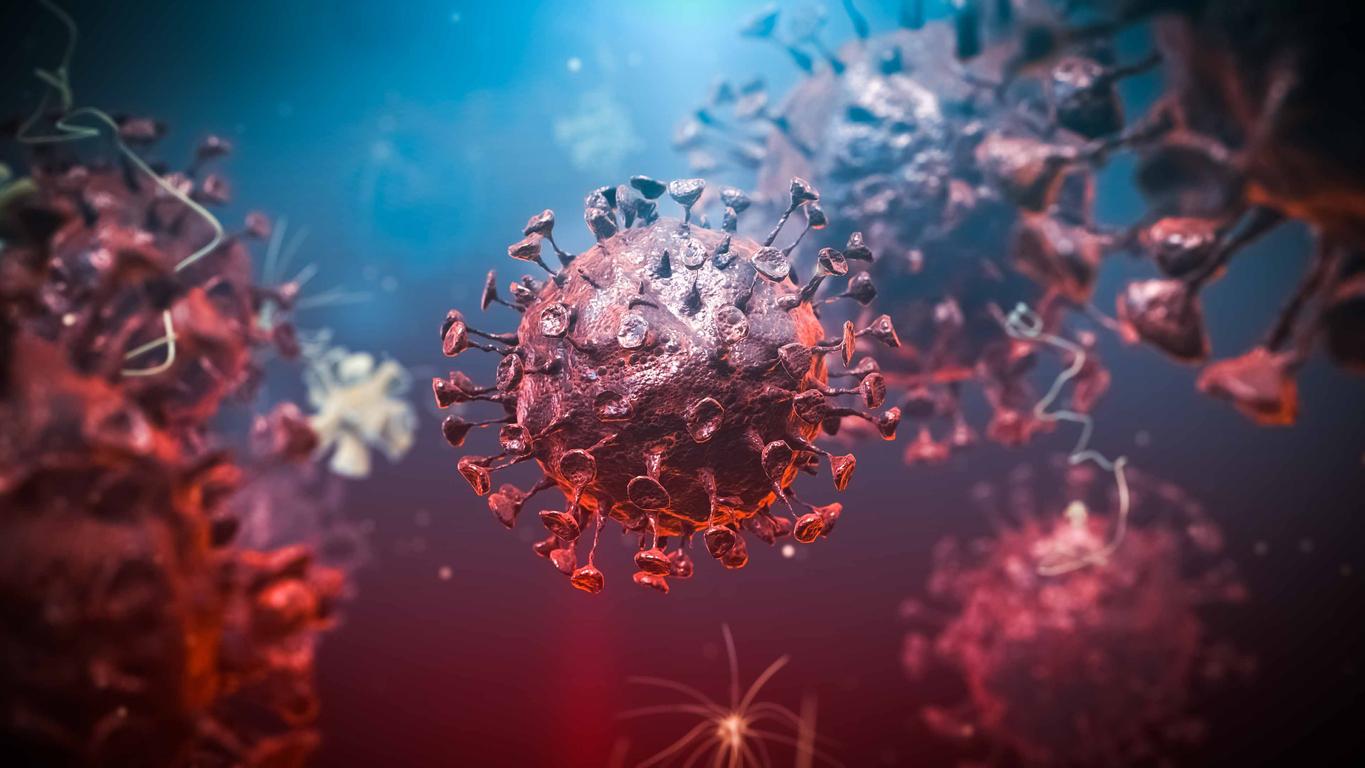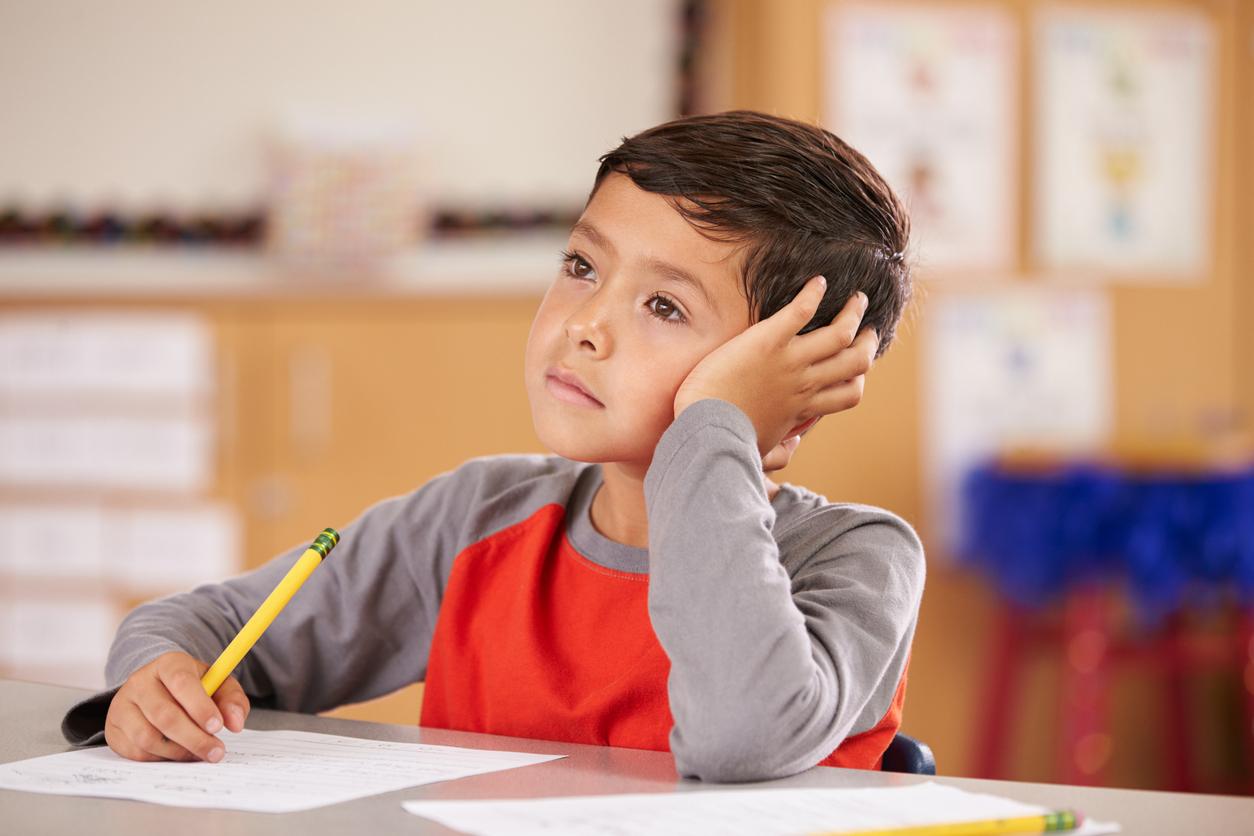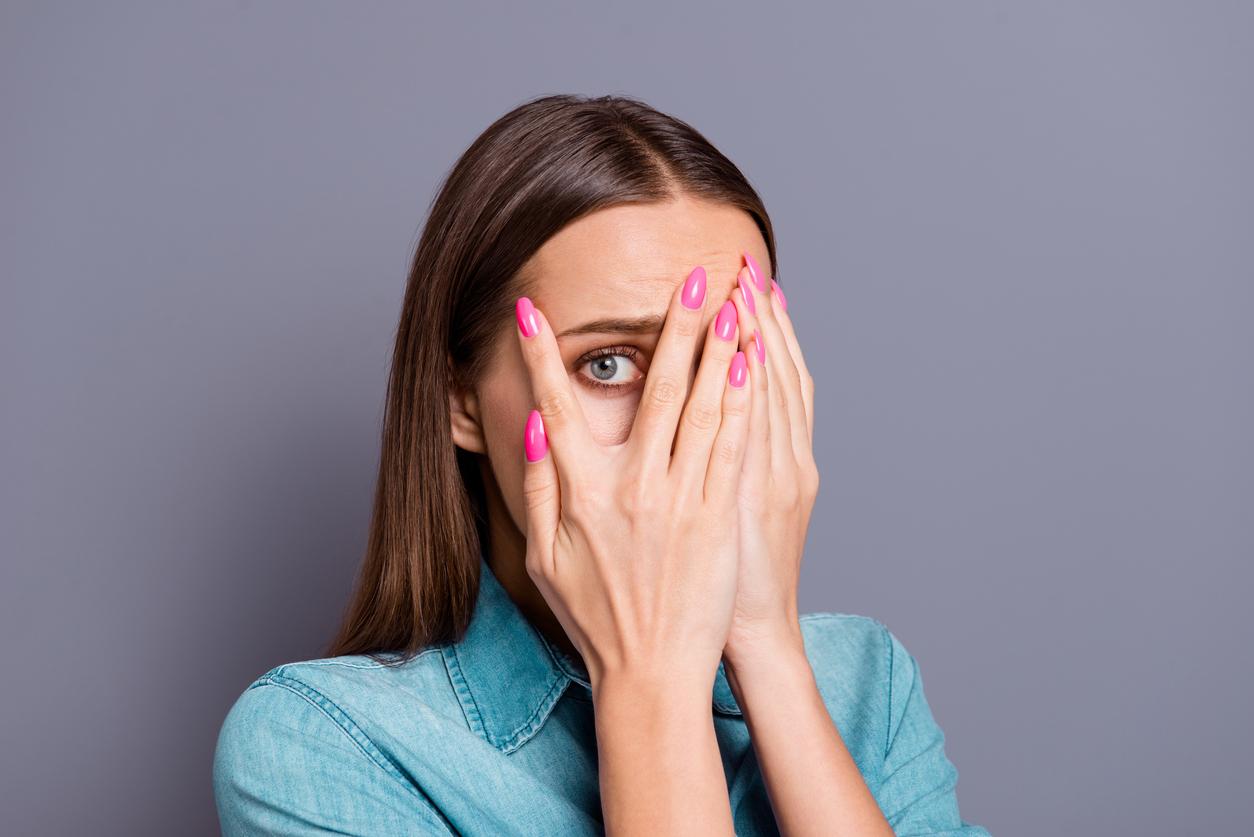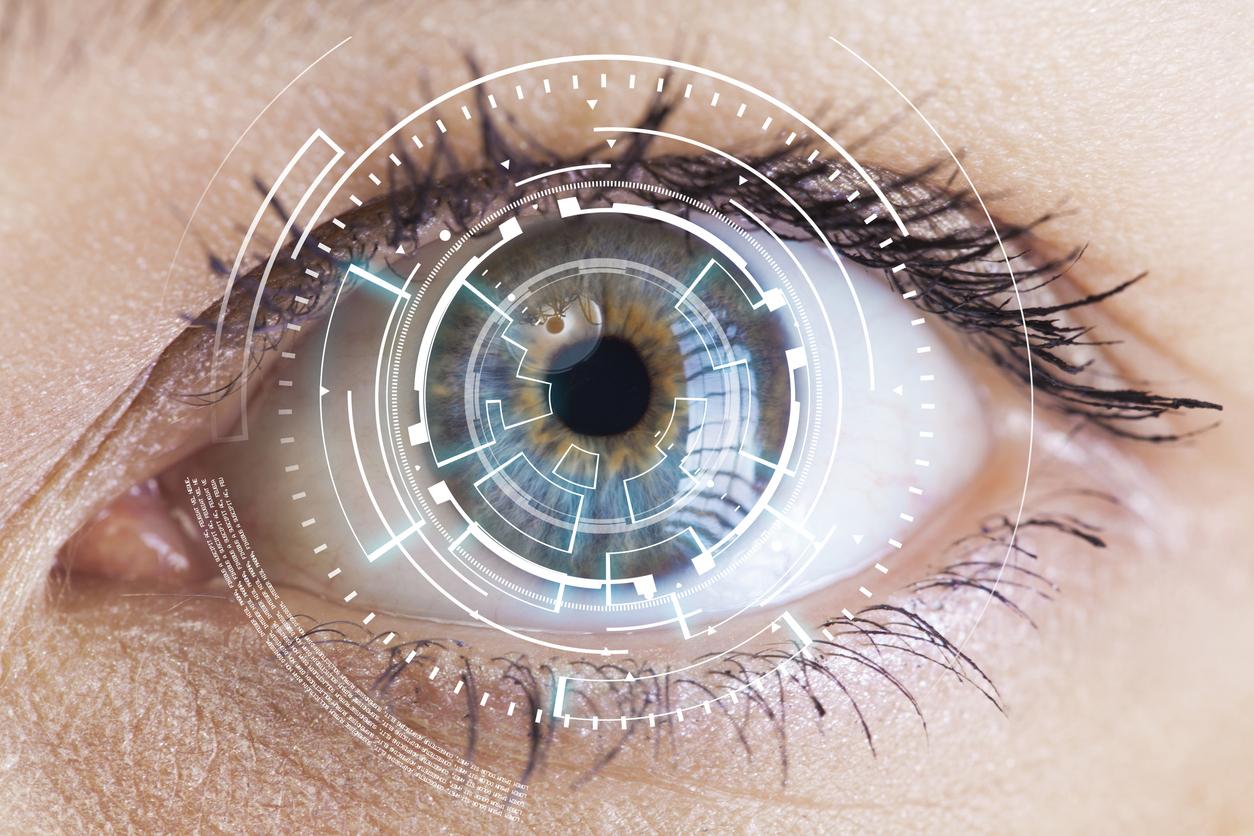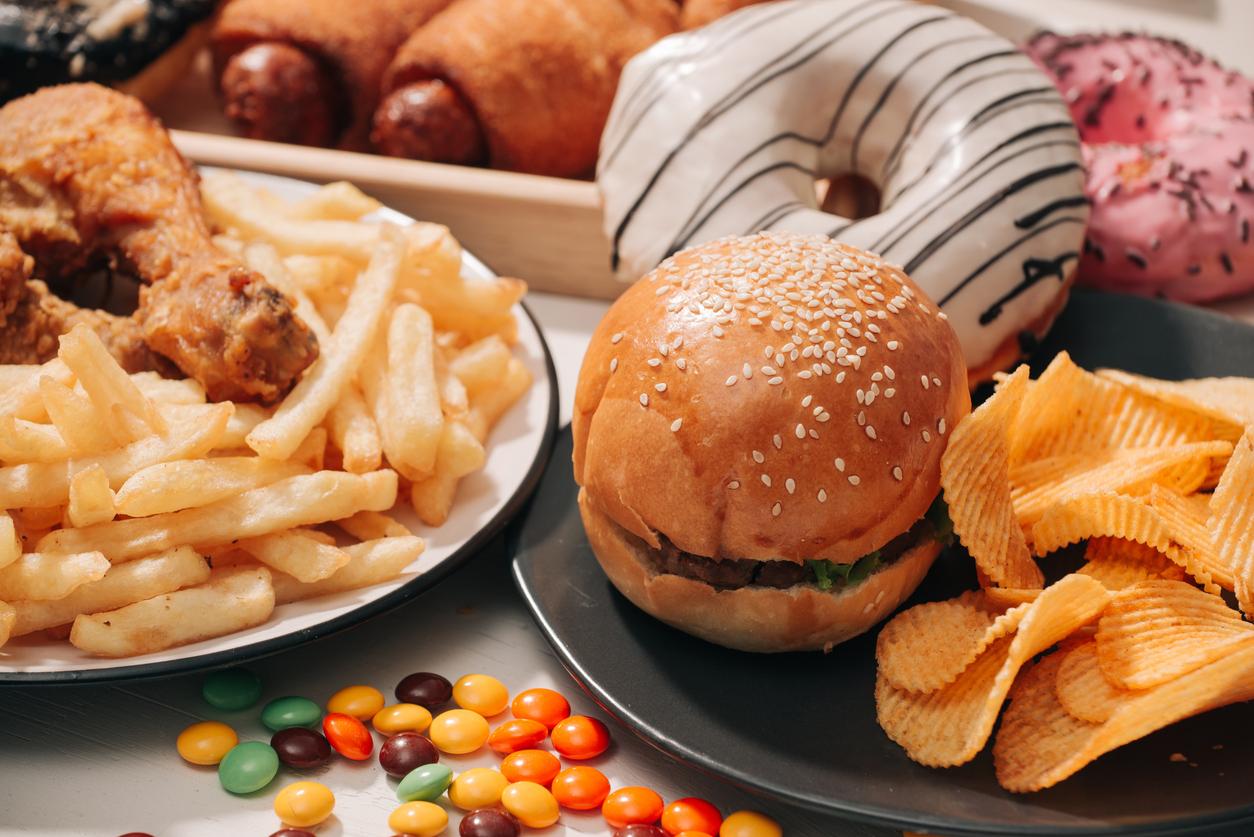Ophthalmologists from the Fondation Adolphe-de-Rothschild hospital are warning of the increase in serious eye damage caused by hydro-alcoholic solutions, particularly in the pediatric population. The ophthalmologist Gilles Martin explains the challenges of this approach.
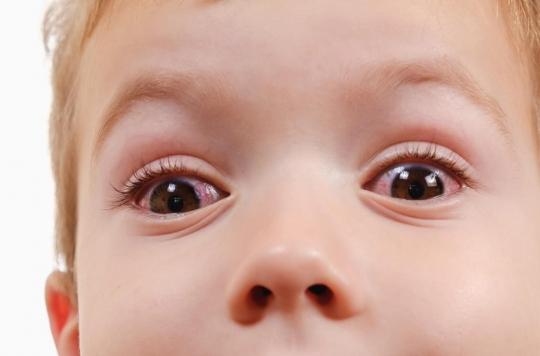
To fight against the coronavirus pandemic, many vending machines for hydro-alcoholic solutions have been positioned at the entrance to stores.
A retrospective study was initiated following the admission last week of three serious cases to the Fondation Adolphe-de-Rothschild hospital, for ocular lesions due to gel splashes in children under 4 years old, requiring emergency surgery. I’ophthalmologist Gilles Matin explains to us why several of his colleagues call for caution.
You are issuing an alert to the increase in serious eye damage caused by hydro-alcoholic solutions in children. What are your observations?
We are seeing an abnormal increase in eye burns in young children. Since the beginning of the coronavirus epidemic, we have had three cases of serious eye injuries in our department alone. Normally, we record an average of one case per year.
Why are children more affected than adults?
Devices set up at the entrance to public places for washing hands are dangerous for children. Indeed, they see the adults press the pedal to release the hydro-alcoholic gel, so they do the same. However, since they are not big enough, the product is projected directly into their eyes. The children most at risk from ophthalmic burns are those who are between 1m and 1m20 tall, therefore who are approximately between 3 and 9 years old.
What is a serious eye injury and what can be the consequences?
An eye injury is serious when there is damage to the eye tissues. That involves operating the affected child several times under general anaesthetic, until the surface layer of the cornea heals and regrows. Surgical procedures must be repeated in close succession.
A serious ophthalmic burn can also lead to amblyopia in children, which requires a long follow-up of approximately one year. Amblyopia is the functional decrease in the visual acuity of an eye caused by a cessation of use of this eye during visual development. Severe vision loss can occur in the affected eye if amblyopia is not detected and treated by age 8.
What should be done if gel splashes in a child’s eyes? What should alert parents?
When the eyes are burned by something, the cornea processes the pain by numbing itself. Thus, children cry when they get the gel in their eyes, but afterwards they no longer have pain, even if their eyes are red. The parents then tend to think that it is not serious, whereas the burn is really there.
If your child gets a large amount of hydro-alcoholic gel in the eyes, you should consult an ophthalmologist in town as soon as possible or go to the ophthalmic emergency room for a diagnosis. This avoids serious complications (damage to the cornea and iris, perforation of the eye, deformation of the eyelids, editor’s note)
What should governments do about this problem?
Extra precautions in the positioning of dispensers in public places, in addition to informative illustrations highlighting the danger of such devices for children, are absolutely necessary to avoid further serious eye damage.
The idea is not to remove this device, which is essential in the fight against the coronavirus, but to alert parents to be more vigilant.
.








